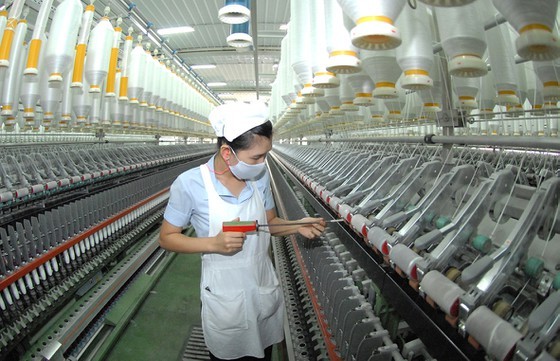
Talking with SGGP reporters, Director of Thanh Dat Garment in District 12, Ho Chi Minh City expressed that while the company has scored a number of orders that could support business until the end of 2020, production might have to halt as early as March because raw material supplies are cut.
Factories that produce leather shoes are sharing the same concern, since most of their base materials such as industrial leather, zippers, or buckles all come from China.
Commenting on the same issue, Chairman of Vietnam Rubber Association stated that 70 percent of raw materials supplies, especially chemicals used in the industry, has always been sustained by Chinese partners. Unless the bane on Chinese factories is lifted soon, Vietnamese rubber businesses must get materials from Japan and South Korea at 15 - 20 percent higher costs.
Quick analysis reports from SSI Securities Corporation has shown that the Vietnamese textile and garment industry would be one of the biggest victims of supply cut as a result of the nCoV outbreak. While most garment companies in Vietnam do not export to China, their input efficiency will take a heavy toll since China is the largest supplier of textile materials for Vietnam.
Preparing for the worst, a number of textile and footwear companies are considering importing raw materials from South Korea, Japan, and Bangladesh. The problem comes when costs and expenses are taken into account as China always offers much lower retail prices.
On the other hand, some experts believe this is a great opportunity to seek material supplies from other markets. However, since about 90 percent of Vietnamese businesses are small and medium-sized, there ought to be governmental support in forms of policies, such as preferential loans to access new technologies, or more practical schemes to promote national key businesses.
























